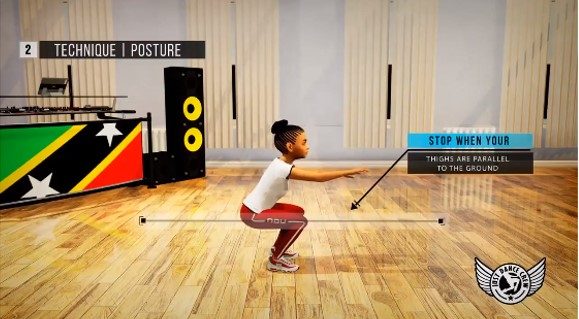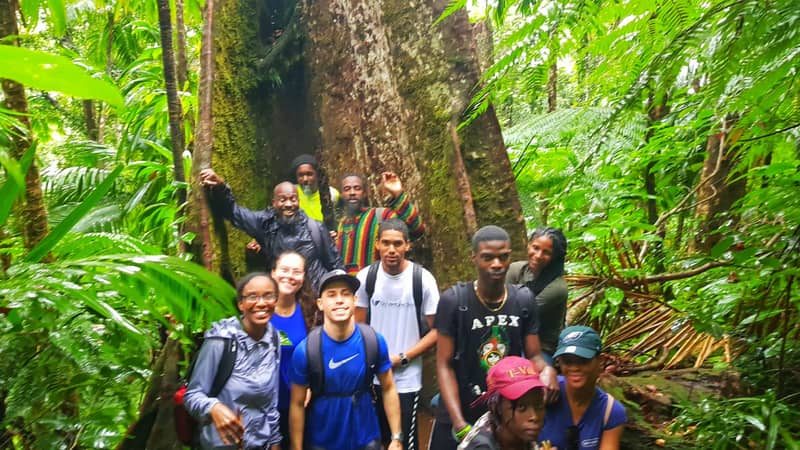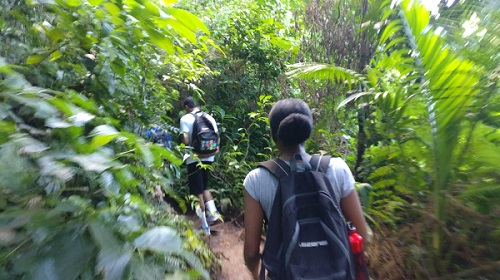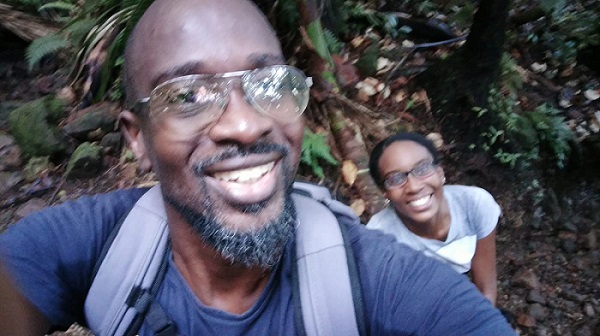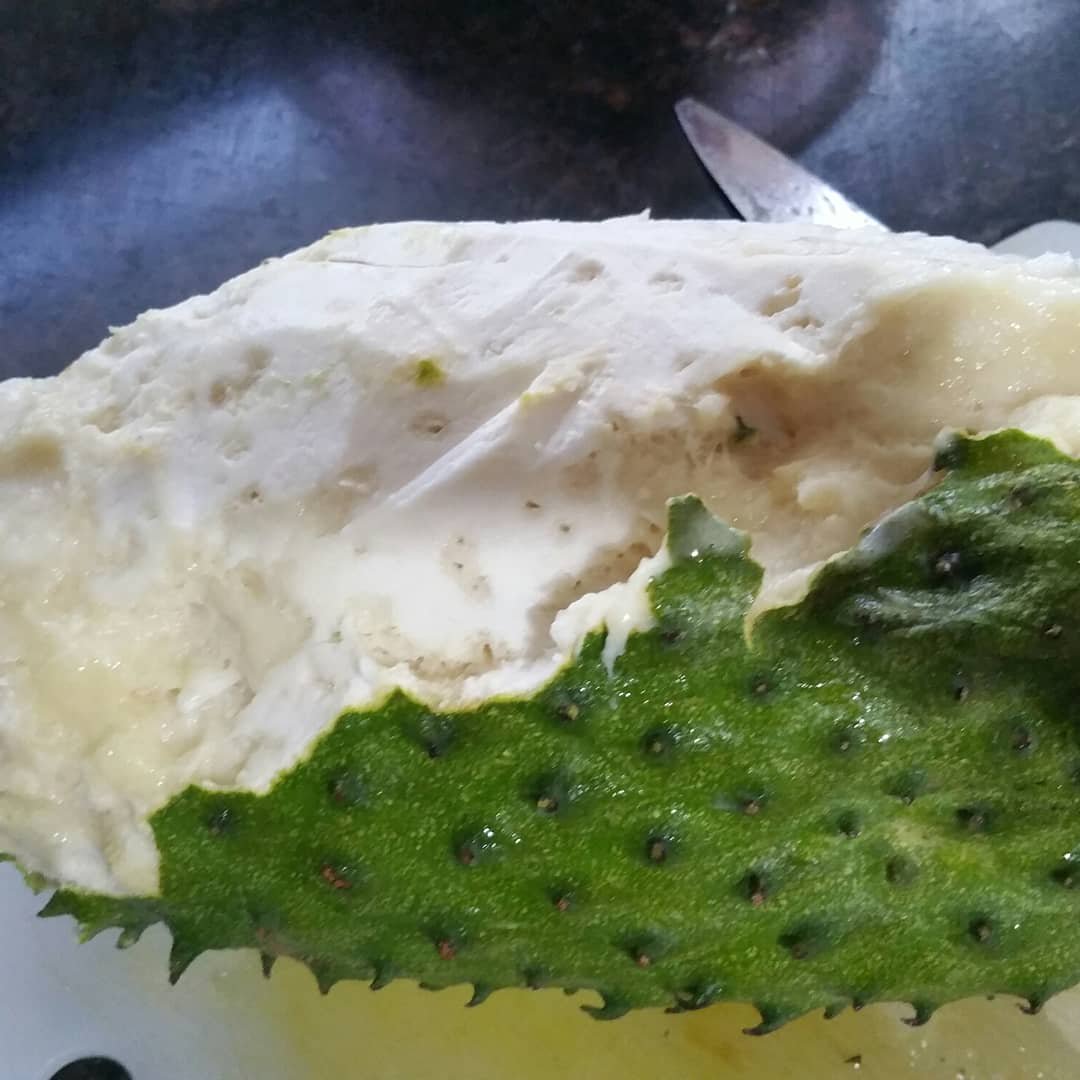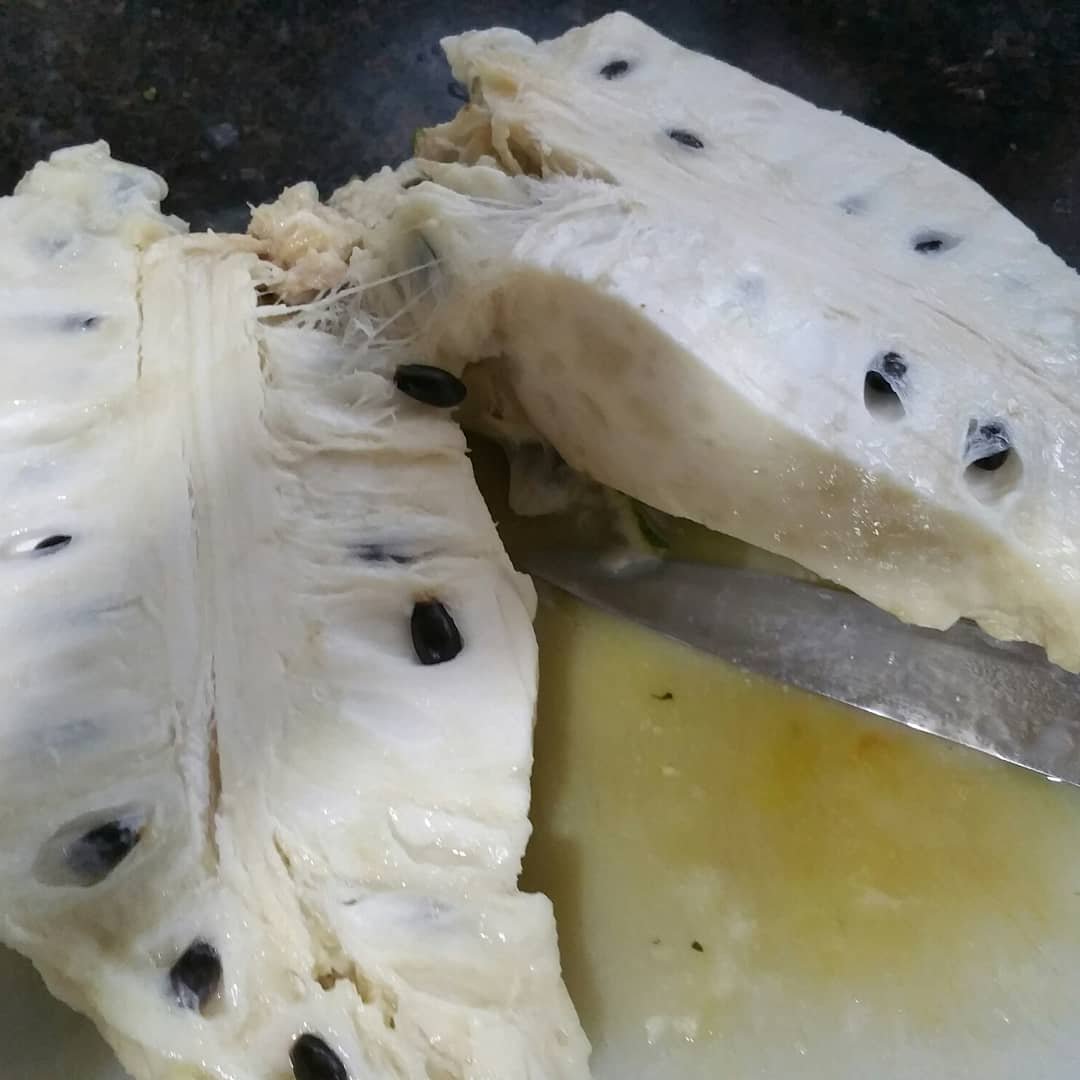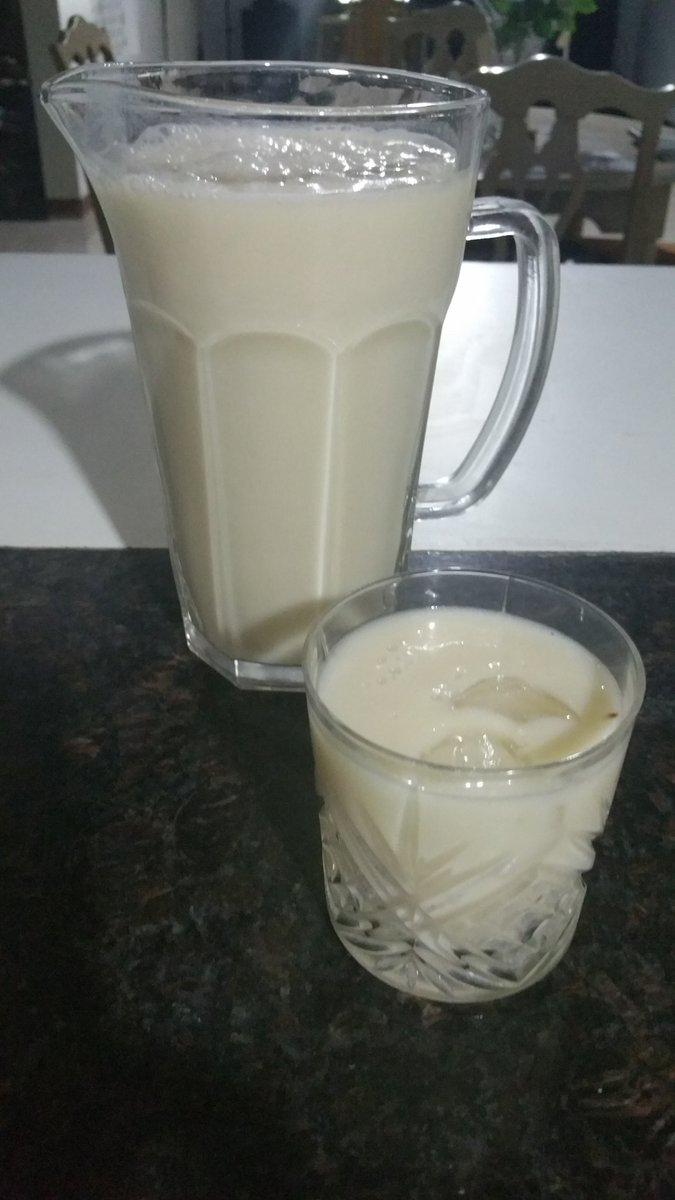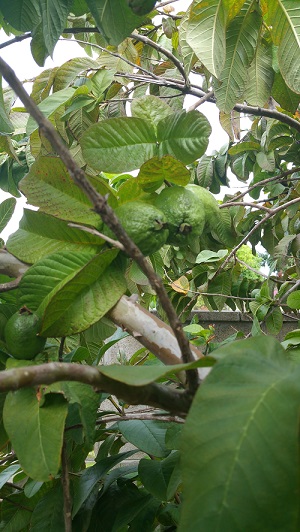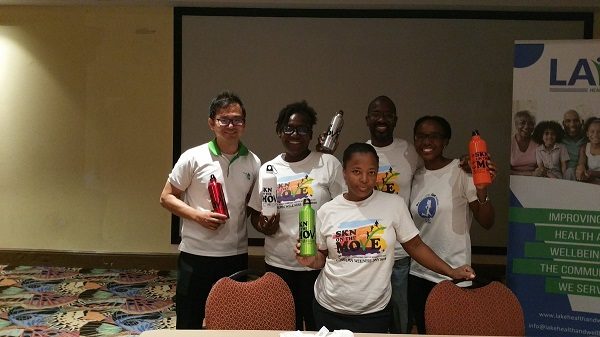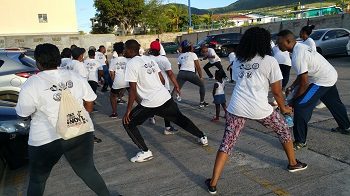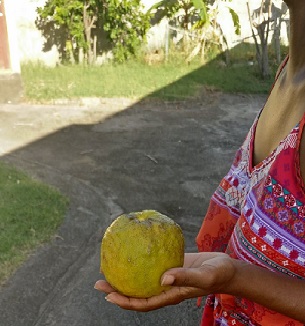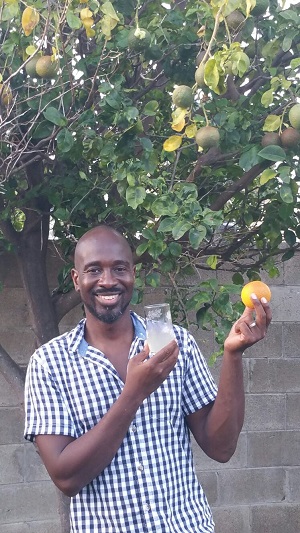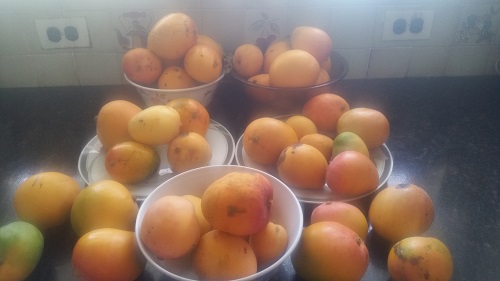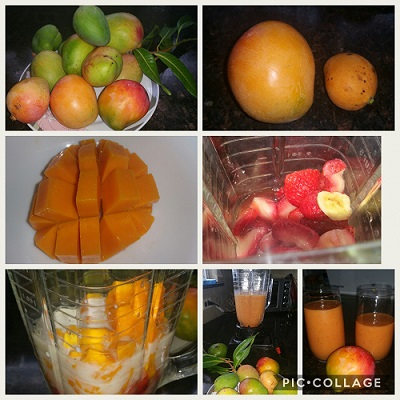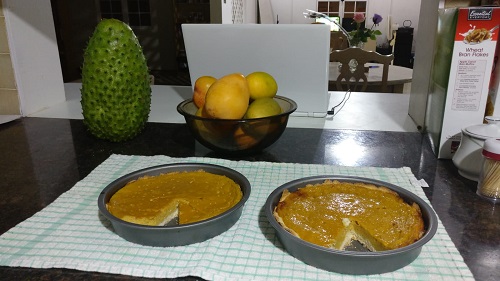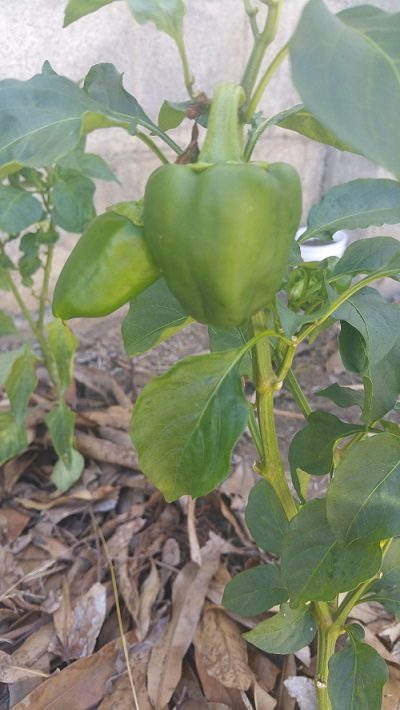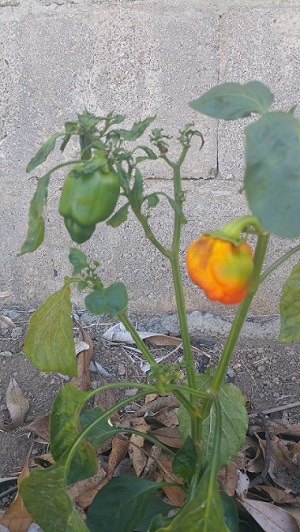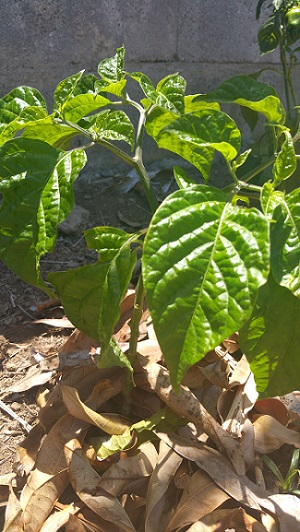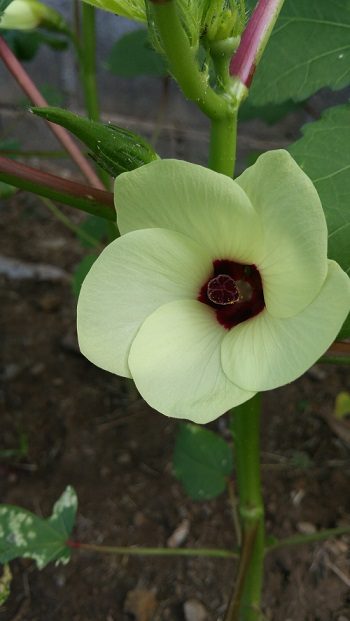Back in January we had the pleasure of joining Go Venture SKN’s first hike of the year which was to the summit of Mount Liamuiga. This was such a wonderful experience, personally and physically (great exercise!), so we thought we’d share it.
About Mount Liamuiga
To give you a bit of background, Mount Liamuiga is a 3,792-foot volcano found in the north-western region of the beautiful Caribbean island of St Kitts. The peak of Mount Liamuiga is the highest point in St Kitts and it has a steep-walled, 1-km wide crater.
The last confirmed eruption of the volcano was 1800 years ago, reports of eruptions in 1692 and 1843 have yet to be confirmed. So, it’s pretty much considered a dormant volcano except for some active fumaroles in the crater and two periods of earthquake swarms from 1988 to 1989 and 1999 to 2000.
Our Hike
We have had our eye on the great Mount Liamuiga for some time, contemplating a hike up to its peak and then down into its crater. We’d heard stories of how challenging the hike is, so that had deterred us until this opportunity arose and we thought “How difficult can it really be?” – we certainly found out!
The Go Ventures SKN team (our guides for this hike) was great, we loved their positive energy and great customer service throughout the process starting with keeping us informed in the lead up to the day of the hike and giving us a quick check-in call the day before to brief us on what to expect (it usually rains at the peak) and what to bring (snacks, drinks, water resistant clothing etc).

Climbing up Mount Liamuiga
It was a fairly early start on the day of the hike (7:15am meeting time) and after a warm welcome, an introduction and driving up to the starting point, we began the hike at about 8am.
Our hike up to the peak was amazing, I can’t provide you with a description that would do justice to the beautiful scenery we encountered as we made our way through the lush rain-forest that covers the slopes leading up to the top of the mountain.
As I looked around, I marvelled at the intricate arrangement of trees and plants – roots were beautifully intertwined, smaller plants were happily sharing living space and creeping along huge imposing trees and unusual root structures led from tree to tree.
I was surprised to learn that the rain-forest wasn’t home to many insects or animals. I was expecting to dodge spiders and other creepy crawlies, and possibly spot some interesting animals along the way. Not at all. Our Go Ventures SKN guides explained that you rarely see any signs of insects (just a few snails sleeping under leaves) and the monkeys that are found in large numbers all over the island don’t venture out to the mountains. So, it was pretty uneventful from that point of view, thank goodness!
It Was Tough!
The hike was tough with a capital T!
After about an hour I was absolutely exhausted, and we weren’t even half way to the top of the mountain. I didn’t think I would make it. The hiking trail is rocky and there was a lot of climbing, as in holding on to rocks and trees and climbing up (or in my case being pushed up by my husband!). I had envisioned a nicely landscaped path that would gradually lead us up the mountain. This was not the case and to be honest, I am glad it wasn’t a nicely landscaped path. This was much better, I got an excellent workout and it was fun, even though at times I was ready to quit because I was so tired and my heart was pounding.
As we climbed further and further up the mountain, the temperature steadily dropped and by the time we got to the top of the mountain (over 2 hours after we started), it was freezing cold and raining heavily. Thank goodness we came prepared with our raincoats.

Climbing down Mount Liamuiga
Sadly, the rain was so heavy and the cloud cover at the summit so thick that we couldn’t go down into the crater for safety reasons. We tried to wait it out, but alas the rain and cloud wouldn’t let up. So, we braved the rain as much as we could, had our packed lunch, took in the fresh air and as much of the view as we could whilst in the midst of quite dense cloud cover and then proceeded to make our way back down the mountain.
The hike back down was just as tough and made all the more challenging by the rain, so it was quite slippery. I had a few close calls but managed to make it back down in one piece and still smiling. I loved it!
All in all, the hike took us 5 hours. This included quite a few breaks and a 30-minute stop at the top of the mountain. By the end of the hike we were muddy, wet and exhausted but I was feeling invigorated and inspired by my encounter with nature.
Some Lessons Learnt
Nature is such a great teacher. As I was making may way up and down Mount Liamuiga, I reflected on the wisdom this old mountain had to offer. Lessons that speak to our wellbeing.
We can be so focused on getting to our destination that we forget to enjoy the journey

Focusing on the journey ahead
About an hour or so into the hike, I was one determined lady. I was going to get to the top of the mountain even if it killed me. This meant I was laser focused on that objective and had stopped looking around to truly appreciate the journey up the mountain. It wasn’t until one of the Go Ventures team members said: “Turn around and look at that view” did I realise that I was missing the best part of the hike – the beauty, the unusual trees and the artwork created by the way in which all the vegetation was connected. It was at that moment that I stopped focusing so much on getting to the top and started to really take in the scenery and appreciate the beauty all around me.
Life can be like that too. We can be so focused on getting to the top of our careers or achieving a particular goal that we don’t enjoy our experiences in their entirety . Oftentimes, when we get to our destination it is often too late to really appreciate the journey or we’re so focused on moving on to the next goal that we forget to take a moment to bask in our success or take time out to enjoy the important things in the journey of life, like our family and friends.
The need for real connection in communities

Saying hello from Mount Liamuiga
One thing Mount Liamuiga kept teaching me with every footstep is the need for real human connection in our communities.
In this fast-paced world we live in, it’s hard to form a real community that is connected, where there is genuine interest and concern about each other. This means people can become very isolated and lonely and miss out on forming important friendships and relationships.
As I looked at the rain-forest community, I could see the connections that make the rain-forest a thriving eco-system. Trees and plants are interconnected. Larger plants provide support to smaller plants helping them reach the sunlight, plants with deep root systems provide much-needed grounding to those that need it and root systems talk to each other daily – there is constant contact and checking-in. No one is left behind or alone.
This made me think that it’s important for us to make time for face-to-face interactions so that we can begin build genuine relationships within our community, making our communities stronger.
The importance of silence
One thing that struck me, particularly on the way back down the mountain, when the guides had switched off the music, was how quiet the rain-forest was. It was a bit eerie at first. I was expecting to hear signs of life, but nope, it was extremely quiet. It was hard to believe that despite the rain-forest being packed with trees, plants and sleeping snails, it was really quiet. It got me thinking that I am not used to being still. I am used to so much noise. If it’s not the TV, it’s music, podcasts and radio. If it’s not that then it’s my inner noise – constant worrying, inner thoughts, thinking, planning and endless restlessness.
The two hours of peace and quiet during the hike started to feel like bliss. Time to clear my mind and reflect. I didn’t realise how mentally tired I was, and the silence gave my mind a much-needed break. Mentally I never felt better than in those moments of silence. It had been a tough few months and this moment of peace had been the medicine I needed to usher in a sense of peace.
A short video of our hike to Mount Liamuiga
We All Need a Nature Break
This hike was a wonderful experience .The beauty of our surroundings, being at one with nature, getting some good exercise and the positive vibes from Go Ventures SKN made this a memorable experience. This hike highlighted the importance of the great outdoors in improving our mental wellbeing and giving us the opportunity to recover from the pressures of modern-day life.
Find Out More
Do you live in St Kitts or will you be visiting St Kitts soon? Then we highly recommend that you give the Go Ventures SKN team a call and book a hike with them. You can visit their Facebook page to find dates for their next hikes.
If you want to find out more about the wellbeing benefits of the outdoors, then check out a guest blog post from Capital Garden Services about gardening and wellbeing here







